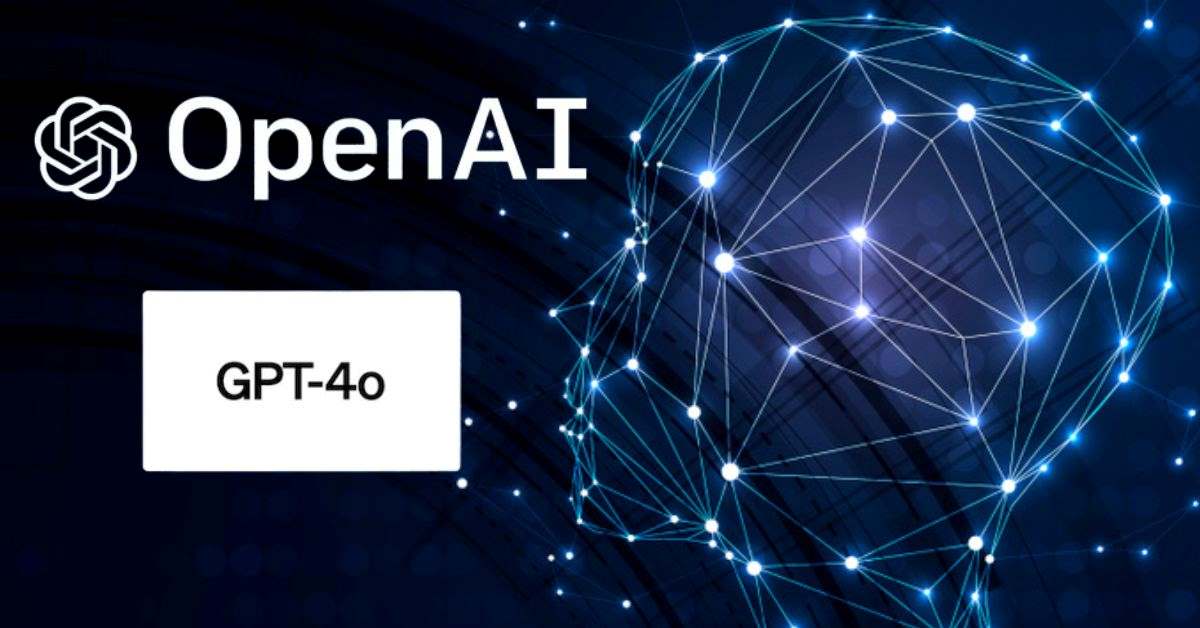OpenAI, the minds behind the popular ChatGPT, has launched its latest artificial intelligence model, GPT-4o. This update promises a major leap forward in human-computer interaction. But how do you get started using GPT-4o? Here are all the details about the new AI model.
- Starfield Secret Outpost Note Location, Where to Find Secret Outpost Note in Starfield?
- How to Make Pulled Pork in Disney Dreamlight Valley? Features of Pulled Pork in Disney Dreamlight Valley
- Brain Test: If you have Eagle Eyes Find the Word Pot in 12 Secs
- Brain Teaser IQ Test: Can You Find Cristiano Ronaldo? Picture Puzzle
- Why is Ranked Resurgence Not Working? How to Fix Ranked Resurgence Not Working in Warzone?
Say hello to GPT-4o, our new flagship model that performs inference across audio, vision and text in real time: https://t.co/MYHZB79UqN
You are watching: OpenAI Launches Powerful GPT-4o With Variety of New Features: Here is How to Use it
Text and image input are rolling out today in the API and ChatGPT, with voice and video coming in the coming weeks. pic.twitter.com/uuthKZyzYx
What is GPT-4o?
The “o” in GPT-4o stands for “omni”, indicating its versatility. Unlike its predecessor, GPT-4o can handle a variety of inputs and outputs. Text, audio, and images are all fair game for GPT-4o, enabling a multimodal user experience.
See more : Brain Teaser: Fix 0x2=9 By Moving 1 Matchstick | Matchstick Puzzle
OpenAI mentioned: “GPT-4o (the “o” stands for “omni”) is a step towards more natural human-computer interaction – it accepts any combination of text, audio and images as input and generates Any combination of outputs”.
Read | Is Google’s search throne under threat? OpenAI works on ChatGPT’s search capabilities
What are the features of ChatGPT-40?
Here are some of the key features of GPT-4o:
- Real-time voice dialogue: GPT-4o can imitate human voice patterns to achieve smooth and natural dialogue. Imagine having a philosophical conversation with GPT-4o, or getting real-time feedback on your business presentation style.
- Multimodal content creation: Need a poem inspired by a painting? GPT-4o can handle it. It can generate different creative text formats such as poetry, code, scripts, musical compositions, emails, letters, etc. based on various prompts and inputs. For example, you can feed GPT-4o a scientific concept and ask it to write a blog post explaining it in an engaging way.
- Image and audio interpretation: GPT-4o can analyze and understand the content of image and audio files. This opens the door to a variety of applications. For example, you can show GPT-4o a photo of your vacation and ask it to suggest creative writing prompts based on that location. Alternatively, you can play an audio clip of a song and ask GPT-4o to identify the genre or write lyrics in a similar style.
- Faster processing speed: OpenAI claims that GPT-4o can provide near-instantaneous responses, comparable to human reaction times. This makes interacting with GPT-4o feel more like talking to a real person, rather than waiting for a machine to process the information.
How to use GPT-4o?
While details are still emerging, OpenAI has hinted at a free tier for GPT-4o, making it available to a broad audience. Paid plans are also expected to offer enhanced features and usage restrictions.
See more : Brain Teaser Can You Make The Equation 26-63=1 Correct By Adding Just One Symbol?
Currently, the company is rolling it out gradually. OpenAI is rolling out its powerful new artificial intelligence, GPT-4o, in phases. Currently, users can experience its text and image capabilities through ChatGPT, and a free plan is available so everyone can explore its potential.
For a more powerful experience, the Plus level offers 5x more message limits. In addition, ChatGPT Plus will soon launch an alpha version with GPT-4o’s voice mode for more natural conversations.
Developers can also get in on the action with GPT-4o, now accessible as text and visual models through the OpenAI API. Impressively, GPT-4o is twice as fast, less expensive, and has 5x the rate limit compared to its predecessor, GPT-4 Turbo.
The launch of GPT-4o marks a huge step forward in the accessibility and usability of artificial intelligence. Its multi-modal capabilities open the door to interacting with machines in a more natural and intuitive way. OpenAI expects to release more information soon, so stay tuned to see how GPT-4o will revolutionize the way we interact with AI.
READ | OpenAI launches voice feature on ChatGPT for all users: Here’s how to use it
Source: https://truongnguyenbinhkhiem.edu.vn
Category: Brain Teaser
